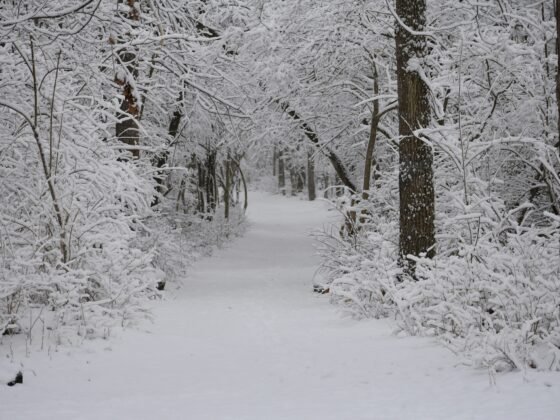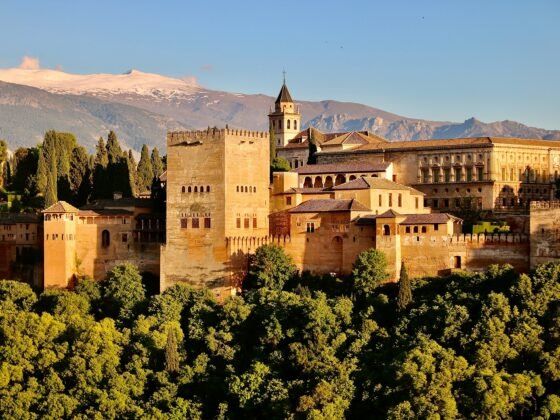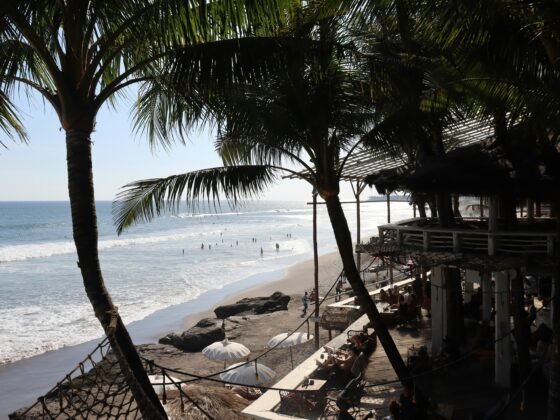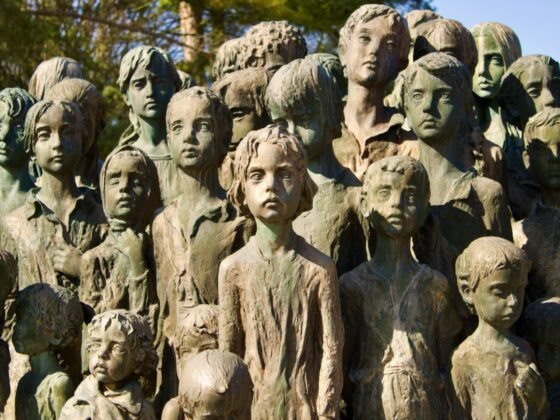An Alaska cruise offers not only breathtaking natural scenery and incredible wildlife encounters but also a unique opportunity to immerse yourself in the rich cultural heritage of the region. From ancient indigenous traditions to the history of the Gold Rush, Alaska’s cultural tapestry is as diverse and fascinating as its landscapes. This article explores the various cultural experiences you can enjoy on an Alaska cruise, providing a deeper understanding of the state’s vibrant history and traditions.
1. Indigenous Cultures and Traditions
Tlingit, Haida, and Tsimshian Peoples
Alaska is home to several indigenous groups, including the Tlingit, Haida, and Tsimshian peoples, who have lived in the region for thousands of years. Their cultures are deeply intertwined with the land and sea, and their traditions and customs are still very much alive today.
Totem Poles and Carvings
One of the most iconic symbols of Alaska’s indigenous cultures is the totem pole. These intricately carved wooden poles tell stories of family lineage, historical events, and spiritual beliefs. You can see impressive collections of totem poles in places like Ketchikan, home to Totem Bight State Historical Park and the Totem Heritage Center. The artistry and symbolism of these totems offer a glimpse into the rich cultural heritage of the indigenous peoples.
Traditional Performances
Many Alaska cruise itineraries include stops where you can experience traditional indigenous performances. These might include dance, music, and storytelling that have been passed down through generations. For example, the Naa Kahidi Dance Show in Sitka showcases the vibrant traditions of the Tlingit people, with dancers in traditional regalia performing to the beat of drums and songs in their native language.
2. Russian Influence in Alaska
Sitka: The Former Russian Capital
Sitka, located on Baranof Island, was once the capital of Russian America before the United States purchased Alaska in 1867. The Russian influence is still evident in the town’s architecture, culture, and historical sites. Visiting Sitka provides a unique opportunity to explore this fascinating chapter of Alaska’s history.
St. Michael’s Cathedral
One of the most significant landmarks in Sitka is St. Michael’s Cathedral, a Russian Orthodox church originally built in the 1840s. The cathedral, with its distinctive onion-shaped dome, houses a collection of Russian religious artifacts and icons. A visit to St. Michael’s offers insight into the spiritual and cultural life of the Russian settlers in Alaska.
Russian Bishop’s House
Another important site in Sitka is the Russian Bishop’s House, part of the Sitka National Historical Park. This well-preserved building offers exhibits and guided tours that delve into the lives of the Russian clergy and their interactions with the indigenous peoples. The house provides a fascinating glimpse into the daily life and governance during the Russian colonial period.
3. The Gold Rush Era
Skagway: Gateway to the Klondike
The Klondike Gold Rush of the late 19th century brought thousands of prospectors to Alaska, transforming towns like Skagway into bustling hubs of activity. Skagway, known as the “Gateway to the Klondike,” retains much of its Gold Rush-era charm, with historic buildings and a lively atmosphere that transports visitors back in time.
White Pass & Yukon Route Railroad
One of the best ways to experience Skagway’s Gold Rush history is by taking a ride on the White Pass & Yukon Route Railroad. This narrow-gauge railway, built during the height of the Gold Rush, offers stunning views of the surrounding mountains, glaciers, and gorges. The journey provides a sense of the challenges faced by the prospectors who braved the harsh conditions in search of fortune.
Klondike Gold Rush National Historical Park
Skagway is also home to the Klondike Gold Rush National Historical Park, which preserves the town’s historic buildings and offers exhibits on the Gold Rush era. Walking tours led by park rangers provide engaging stories and insights into the lives of the prospectors, as well as the impact of the Gold Rush on the indigenous peoples and the environment.
4. Alaskan Art and Craftsmanship
Native Alaskan Art
Alaska’s indigenous peoples have a rich tradition of art and craftsmanship, producing beautiful works that reflect their connection to the land and sea. From intricate beadwork and woven baskets to stunning masks and totem poles, native Alaskan art is both diverse and deeply symbolic. Many cruise ports, such as Ketchikan and Juneau, feature galleries and shops where you can view and purchase these unique pieces.
Alaskan Artists
In addition to traditional native art, Alaska is home to many contemporary artists who draw inspiration from the state’s natural beauty and cultural heritage. Visiting local galleries and studios offers a chance to meet the artists, learn about their creative processes, and discover unique pieces that capture the essence of Alaska.
Craft Markets and Festivals
Throughout the summer, many Alaskan towns host craft markets and festivals where local artisans showcase their work. These events provide an excellent opportunity to find one-of-a-kind souvenirs and support the local economy. The Sitka Summer Music Festival and the Juneau Public Market are just a couple of examples of the vibrant arts scene you can experience during your cruise.
5. Culinary Experiences
Fresh Seafood
Alaska’s cold, pristine waters are home to some of the world’s best seafood, and tasting the local catch is a highlight of any visit. From wild salmon and halibut to king crab and shrimp, the seafood in Alaska is fresh, flavorful, and sustainably sourced. Many cruise itineraries include stops where you can enjoy a seafood feast, such as a salmon bake in Juneau or a crab feast in Ketchikan.
Traditional Alaskan Dishes
In addition to seafood, Alaska offers a variety of traditional dishes that reflect the state’s cultural heritage. Bison and reindeer sausage, wild berry jams, and fry bread are just a few examples of the unique flavors you can savor. Exploring the local cuisine provides a delicious way to connect with Alaska’s diverse cultural influences.
Craft Breweries and Distilleries
Alaska’s craft beer and spirits scene has grown rapidly in recent years, with many breweries and distilleries producing high-quality, locally inspired beverages. Stops in towns like Juneau and Anchorage offer opportunities to sample a wide range of craft beers, from hoppy IPAs to rich stouts, as well as spirits like vodka and gin made from local ingredients.
Preparing for Your Cultural Journey
To make the most of the cultural experiences on your Alaska cruise, it’s essential to be well-prepared. Alaska’s weather can be unpredictable, and you’ll want to be ready for a variety of activities, from exploring historic sites to attending cultural performances.
As you prepare for your trip, be sure to consult your Alaska cruise packing lists to ensure you have everything you need. Pack layers of clothing to stay comfortable in changing weather conditions, and don’t forget essentials like comfortable walking shoes, a waterproof jacket, and a camera to capture the memories.
Conclusion
An Alaska cruise offers a unique opportunity to explore the rich cultural heritage of the region, from ancient indigenous traditions to the history of Russian settlers and Gold Rush prospectors. By immersing yourself in the local culture, you gain a deeper understanding of the people and history that have shaped this extraordinary state.
Whether you’re marveling at the intricate carvings of totem poles, riding a historic railroad through rugged mountains, or savoring the flavors of fresh Alaskan seafood, the cultural experiences on an Alaska cruise are sure to leave a lasting impression. So pack your bags, prepare for an unforgettable journey, and get ready to discover the vibrant cultural tapestry of Alaska.
Image: Unsplash, Kathrine Coonjohn












